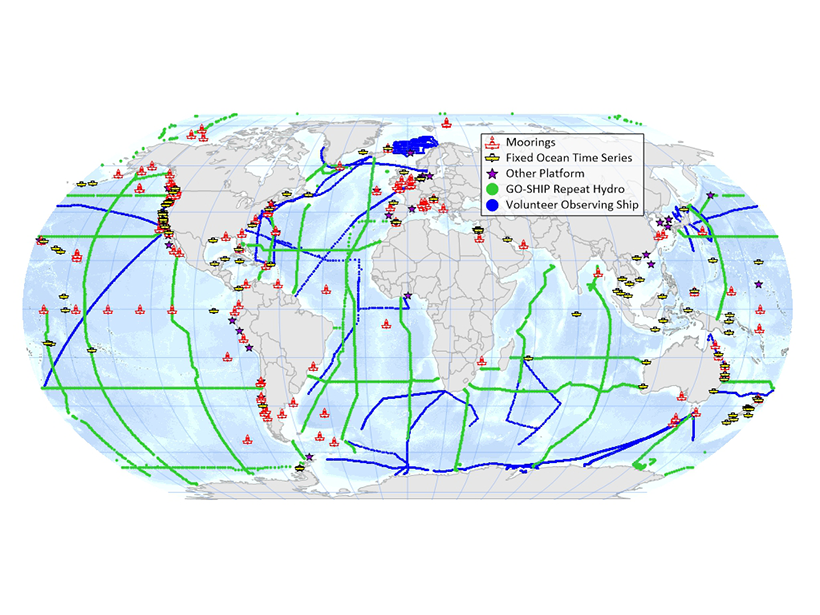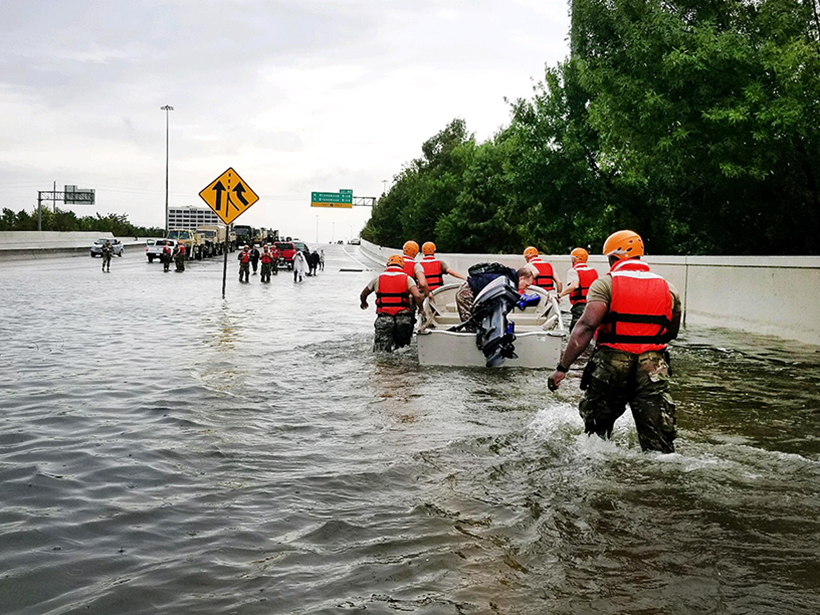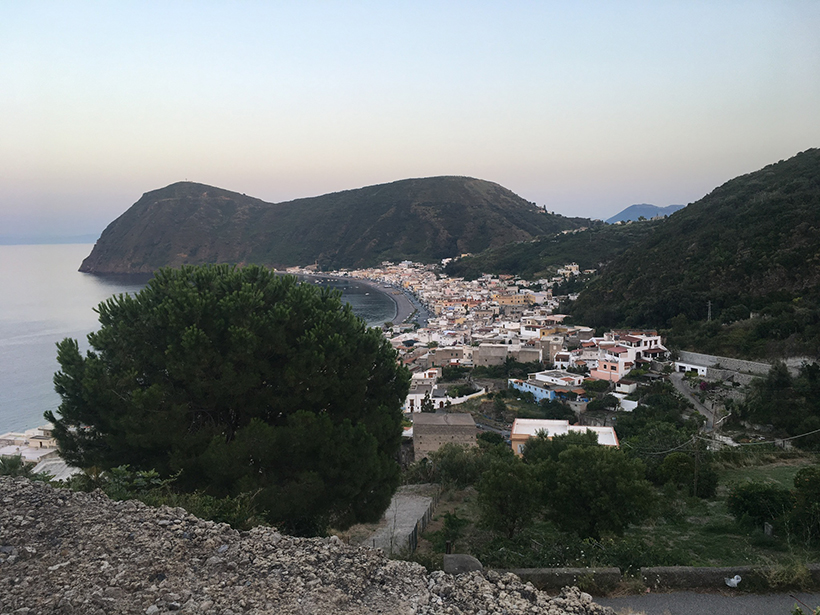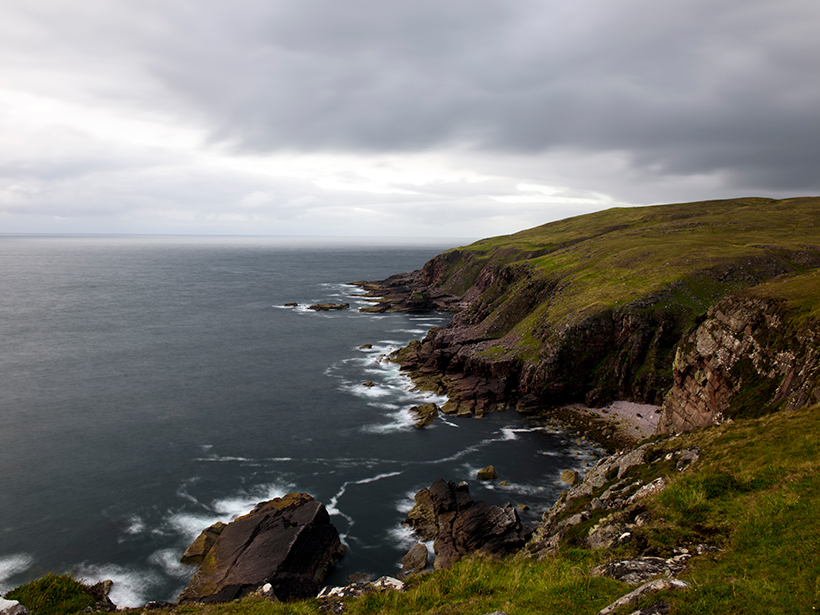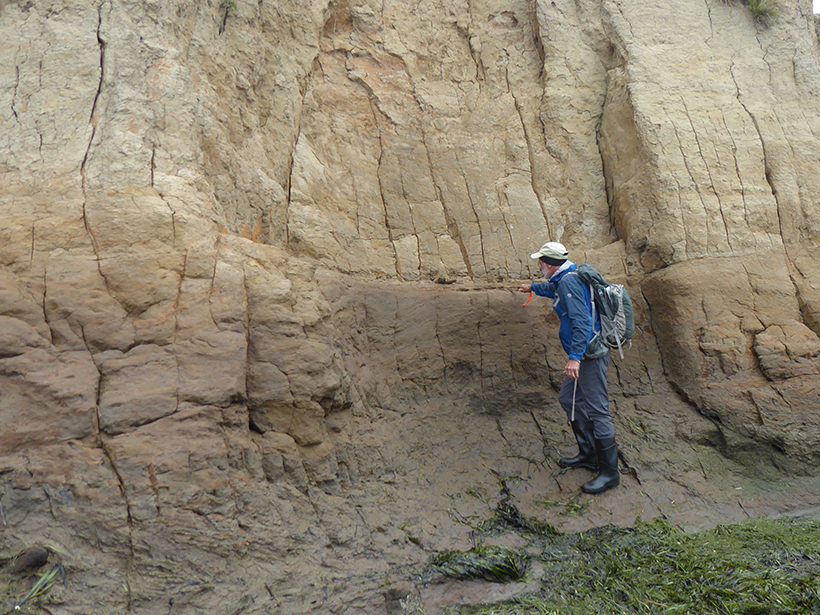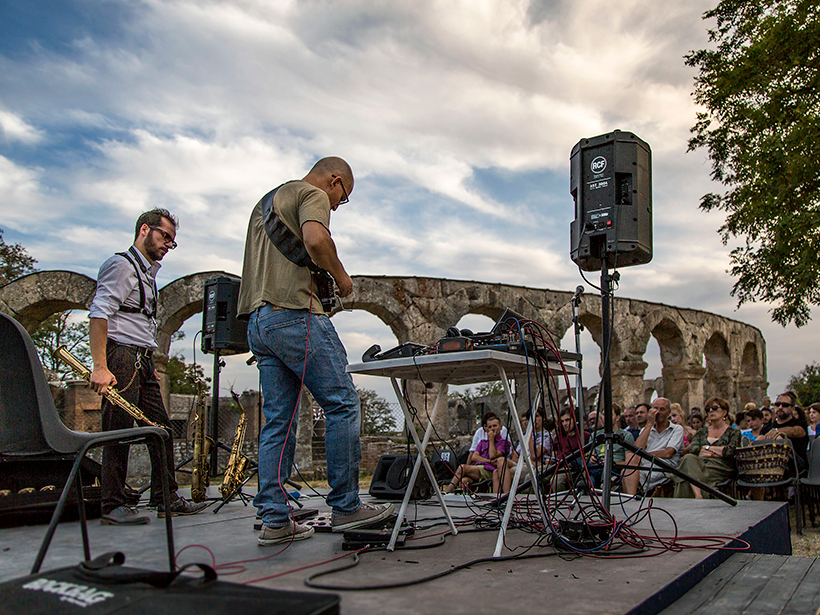The 4th Global Ocean Acidification Observing Network (GOA-ON) International Workshop; Hangzhou, China, 14–17 April 2019
Hazards & Disasters
Uncontrolled Chemical Releases: A Silent, Growing Threat
Uncontrolled releases of household, industrial, and agricultural chemicals during natural disasters pose an underappreciated hazard to humans and ecosystems. Here’s what we can do.
Finessing Granular Flows
Granular flows are important in geophysics to the pyroclastic flow, debris flow, and avalanches. Understanding their complex and rich physics is therefore important in simulating their dynamics.
Marshall Islands Nuclear Contamination Still Dangerously High
Today’s radiation levels at some locations were higher than in areas affected by the Chernobyl and Fukushima nuclear disasters.
Seismic Sensors Probe Lipari’s Underground Plumbing
An international team of scientists installed a novel, dense network of 48 seismic sensors on the island of Lipari to investigate the active magma system underground.
The Search for the Impact That Cratered Ancient Scotland
Great Britain’s largest impact crater likely lies in the Scottish Highlands. Scientists dispute whether it’s to the west or the east.
A North Carolina Lake’s Long Legacy of Coal Ash Spills
A new case study suggests that Sutton Lake has been contaminated by multiple coal ash spills, most of them apparently unmonitored and unreported.
Addressing Cascadia Subduction Zone Great Earthquake Recurrence
USGS Powell Center Cascadia Earthquake Hazards Working Group; Fort Collins, Colorado, 25–29 March 2019
Rock On with a Group That Makes Music from Geophysical Data
Musical numbers include an Italian fault and a tour of an African greenstone belt.
Honoring Volcanologist David Johnston as a Hero and a Human
A new biography details the life and legacy of the scientist who died on Mount St. Helens.

